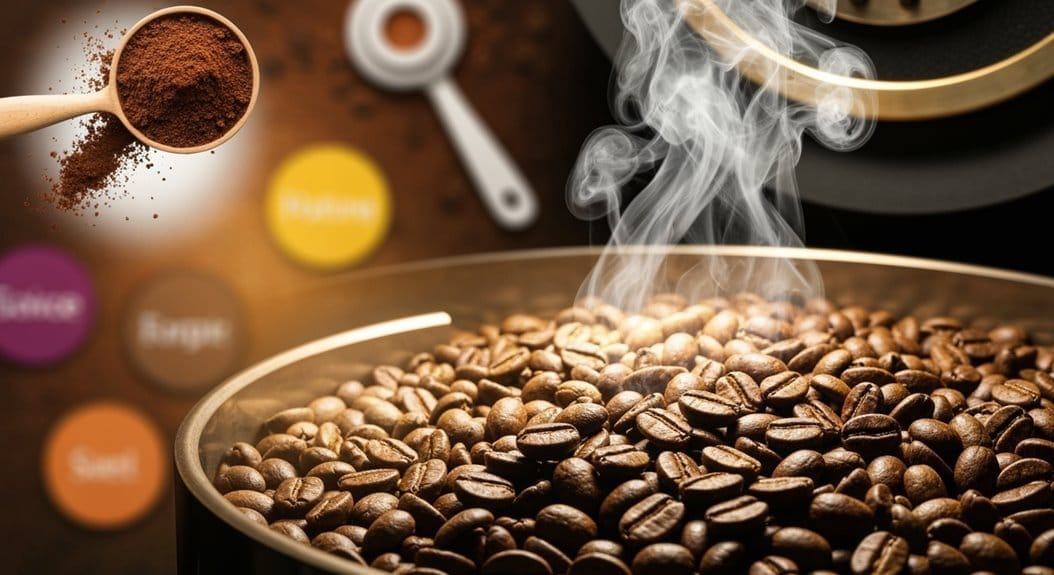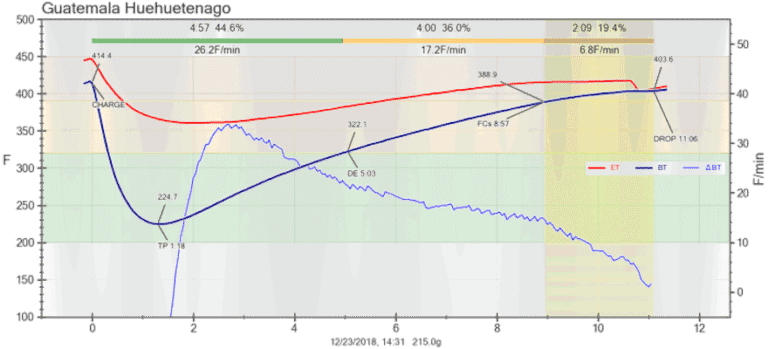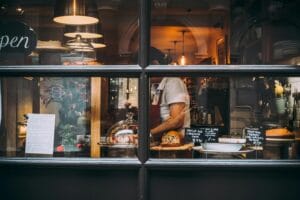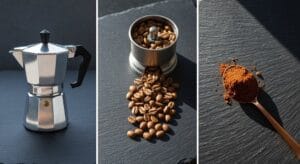So, the coffee roasting profile? It’s basically a relationship—the blend of time and temperature that takes those dull green beans and turns them into your morning magic potion. Light roasts are like a fruity party in your mouth, while dark roasts say, “Hello, bold flavors!” It’s a dance of chemistry too, with caramelization and all that jazz making flavors pop. Honestly, mastering this roasting is like trying to find the right socks for an initial date: tricky but oh-so-worth it! Stick around for more coffee secrets!
Key Takeaways
- A coffee roasting profile defines the specific combination of time and temperature used to roast coffee beans.
- It significantly influences the flavor, aroma, and acidity of the final brew.
- Different roasting stages, like drying and browning, develop unique flavor compounds.
- Light, medium, and dark roasts each offer distinct sensory profiles ranging from fruity to bold flavors.
- Mastering roasting techniques is essential for achieving consistent and high-quality coffee results.
Definition and Importance of Coffee Roasting Profile
When you think about the magic of coffee, you may not realize that it’s all about the roast—seriously!
The coffee roasting profile—sounds fancy, right?—is basically the secret recipe that blends time and temperature to transform green beans into the aromatic brew we crave.
This profile, my friend, is vital because it dictates flavor development. A light roast? You’ll get fruity notes and a zingy acidity, while a dark roast takes you on a journey to deep, bold flavors. The roast profile also defines how different techniques, like adjusting the temperature, can enhance or alter the final taste.
It’s like choosing a dance partner—each profile brings out different aromas and sweetness.
Understanding the significance of these roasting profiles might just make you appreciate your morning cup a whole lot more—no pressure!
Components and Phases of Roasting Profiles
Coffee lovers often find themselves enchanted by the flavors and aromas of their favorite brews, but what about the behind-the-scenes action? It all begins in the drying stage, where green beans, sitting at about 8-12% moisture, start transforming while they crack and pop like popcorn.
Then comes the browning stage—oh boy! This is where sugars caramelize and the magic begins; the beans turn from yellow to a delicious variety of browns, creating sweet aromas that could make anyone weak in the knees!
Finally, we hit the development stage, right after the Initial Crack, where roasting temperature control is key. It’s a balancing act, but those audible milestones and sensory indicators help roastmasters avoid disaster—because nobody wants charred coffee! Understanding the nuances of roast profile development is essential for achieving the perfect cup.
Impact on Chemistry and Sensory Properties

While roasting coffee might seem like a simple task to some, it’s actually a wild ride through chemistry and sensory delights that often leaves enthusiasts scratching their heads—or, at least, reaching for a cup of joe in desperation.
You see, acidity dynamics can peak right at that initial crack, but then—surprise!—it dips again. Different roast profiles can make a roast as mellow as a soft pillow or as zesty as a lime—who knew?
And those intricate flavor compounds? They come alive thanks to Maillard reactions and caramelization, adding nutty, earthy, and even fruity notes. It’s like a flavor party in your cup!
Frequently Asked Questions
How Does Roasting Time Affect Flavor Profiles in Coffee?
Roasting time considerably influences flavor development in coffee, with shorter times preserving bright acidity and fruity notes, while longer roasting techniques improve sweet and bold flavors, impacting the final profile and holistic sensory experience.
What Tools Can Assist in Defining a Roasting Profile?
Profiling software and roasting sensors greatly assist in defining a roasting profile. These tools enable precise temperature control, monitor bean conditions, and provide thorough data analysis, ensuring consistency and refinement in the roasting process.
How Do Different Coffee Bean Origins Impact Roasting Profiles?
Different coffee bean origins impact roasting profiles by affecting bean acidity, flavor complexity, and origin characteristics. Roasters adjust roast development parameters to improve unique qualities, balancing acidity and flavor through tailored heat application and processing adjustments.
Can Home Roasters Achieve Consistent Profiles Like Commercial Roasters?
Home roasters can achieve flavor consistency similar to commercial roasters by utilizing digital temperature controls, tracking roasting variables meticulously, and recognizing sensory cues, although challenges remain with equipment limitations and green bean variability affecting general precision.
What Is the Role of Cooling Rate After Roasting?
The cooling rate after roasting greatly influences flavor and sweetness. Effective cooling methods and precise temperature control prevent overdevelopment, preserve aromatic compounds, and guarantee ideal solubility of sugars, thereby enhancing the coffee’s total quality and vibrancy.
References
- https://www.nature.com/articles/s41598-024-57256-y
- https://phys.org/news/2025-07-reveals-universal-arabica-coffee-roasting.html
- https://engineering.ucdavis.edu/news/new-research-shows-roasted-coffee-beans-follow-universal-color-curve
- https://www.roastmagazine.com/roastsummit/events/laudia-anokye-bempah
- https://pmc.ncbi.nlm.nih.gov/articles/PMC7684626/
- https://hyper-goat.com/blogs/news/the-influence-of-roast-profiles-on-coffee-flavor
- https://www.youtube.com/watch?v=GZQejHVQoYM





